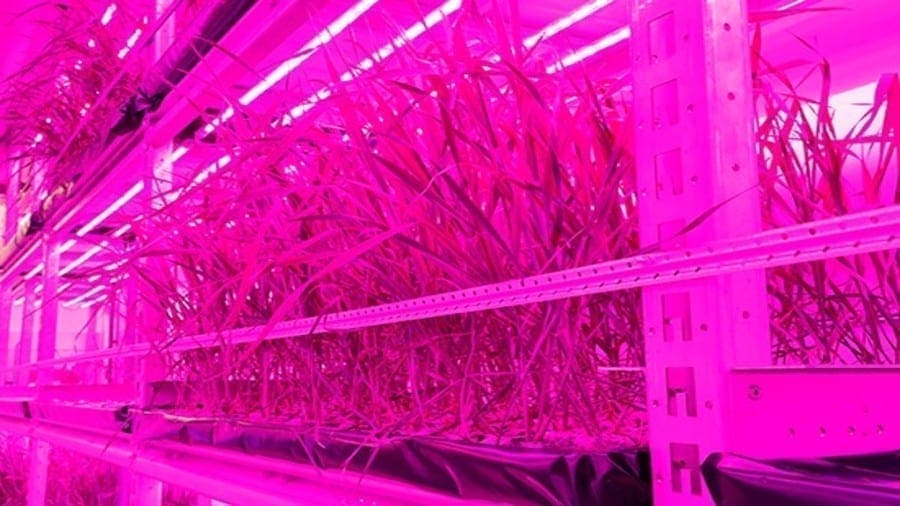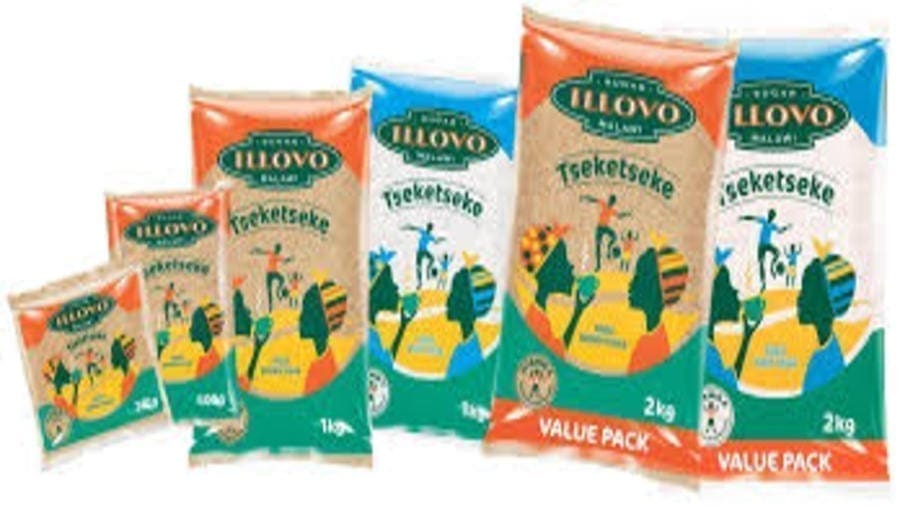INDIA- Researchers at the Indian Institute of Technology Guwahati have developed an edible coating to extend the shelf-life of fruits and vegetables.
The edible coating from a micro-algae extract can be used to extend the shelf-life of fresh foods by two months while maintaining taste and quality.
The coating was found effective in extending the storage life of potatoes, tomatoes, green chile, and strawberries, as well as apples, pineapples, and kiwifruits.
In addition to handing fresh products a new lease of life, edible packaging also helps reduce environmental risks brought on by trash from non-biodegradable food packaging.
The IIT Guwahati team created protective, ingestible films for coating plants and fruits by combining a micro-algae extract with polysaccharides.
By applying these coatings to BHK-21 cells, the researchers also evaluated the coatings’ biosafety.
These coating materials could be utilized safely as edible food packaging materials, according to their testing, which also revealed that they were nontoxic.
The research project was led by Prof. Vimal Katiyar at the Department of Chemical Engineering and Center for Excellence in Sustainable Polymers (CoE-SusPol).
“The newly-developed coatings can be mass-produced and are unique. They are very stable to light, heat, and temperature up to 40 degrees Celsius, edible and can be safely eaten as part of the product formulation and do not add unfavorable properties to it,” said Vimal.
The researchers believe that through this innovation, the Sustainable Development Goal (SDG) goal, which aims to reduce food losses along the production and supply chains, including post-harvest losses, may be achieved.
According to World Food Programme, in recent years, the world’s food production has increased to record levels, but one-third of the food produced for human consumption, or 1.3 billion tons is lost or wasted.
One of the main causes of food insecurity for millions of households worldwide is post-harvest food loss.
Food losses occur across the whole supply chain as products are harvested, handled, processed, stored, and transported and then become lost, damaged, or spoilt.
“According to the Indian Council of Agricultural Research, between 4.6-15.9% of fruits and vegetables go waste post-harvest, partly due to poor storage conditions,” said Prof. Vimal.
“Post-harvest loss in certain produce items like potato, onion, and tomato could be as high as 19%, which results in high prices for this highly consumed commodity.”
The researchers believe that through this innovation, the Sustainable Development Goal (SDG) goal, which aims to reduce food losses along the production and supply chains, including post-harvest losses, may be achieved.
Liked this article? Subscribe to Food Business Africa News, our regular email newsletters with the latest news insights from Africa and the World’s food and agro industry. SUBSCRIBE HERE










